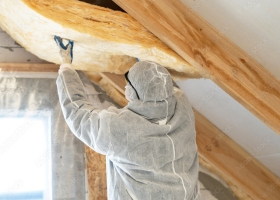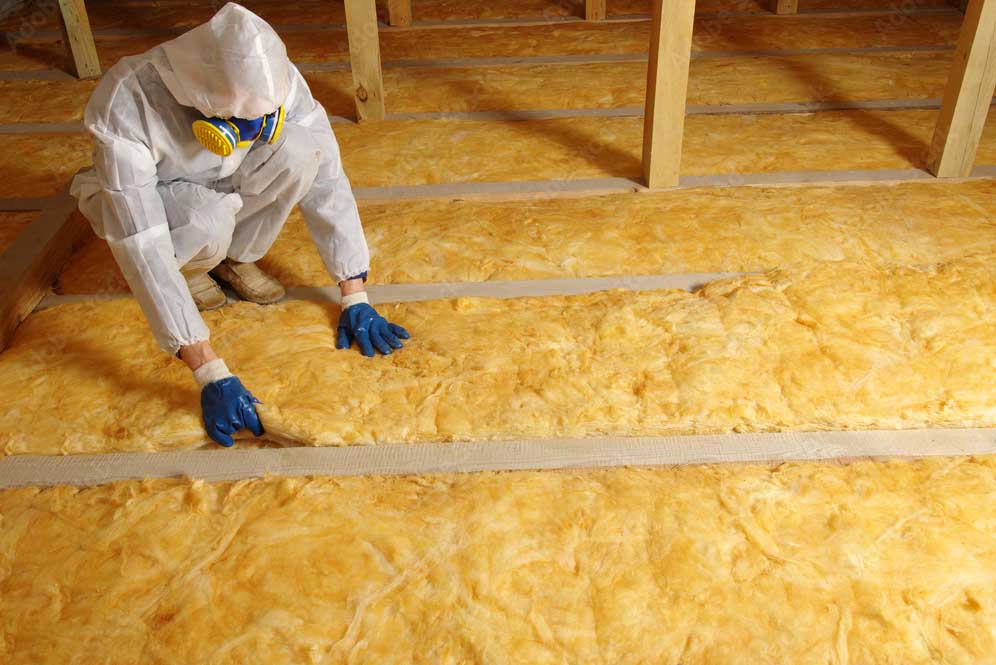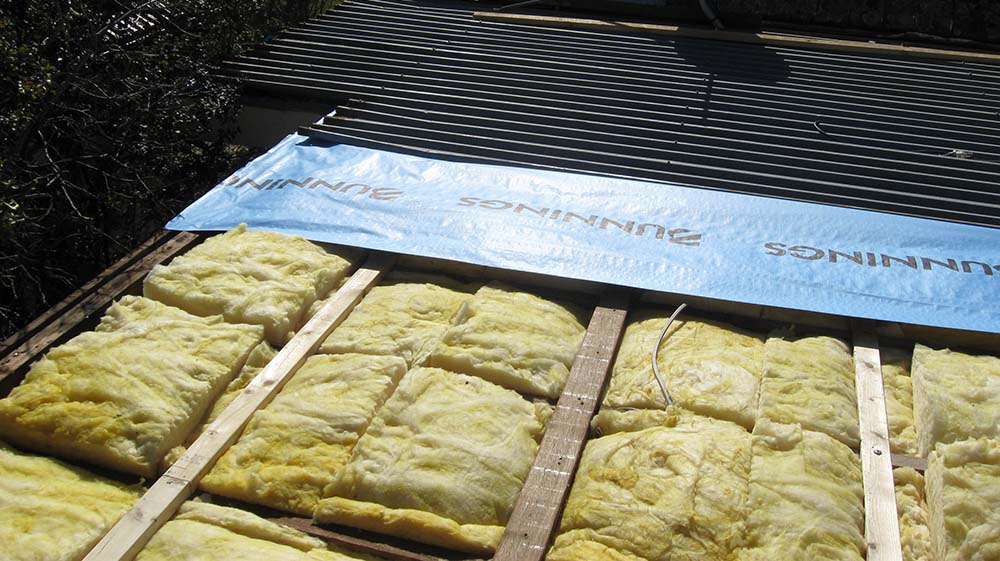
The methodology employed in roof construction holds significant weight in determining the insulation's type and positioning within a residence. Given that roofs account for over 25% of energy dissipation, recognizing the advantages of insulating your home becomes imperative. Diverse roofing styles, such as pitched, flat, and cut roofs, each pose distinct insulation prerequisites tailored to the rigors of seasonal variations and climatic zones.






Pitched roofs accompanied by horizontal ceilings are prevalent in residential construction. The pitch signifies the roof's slope, whereas the horizontal ceiling denotes the flat surface affixed beneath the roof's framing.
Insulating these roofs with horizontal ceilings can be accomplished through various methods, notably batt insulation and blown-in insulation. The choice of insulation material hinges on factors like the roof space's depth and the targeted R-value.
Batt insulation, a popular choice, can be effortlessly placed between ceiling joists and trusses. To augment the R-value, additional layers can be seamlessly added. Blow-in insulation, an alternative option, employs a specialized machine to dispense granulated insulation into the roof cavity, either beneath the tiles or through roofing sheets temporarily lifted by the installer.
Flat roofs, conversely, necessitate a distinctive insulation approach. The insulation is typically positioned between the ceiling joists and rafters, beneath the sarking membrane. This configuration maintains a consistent temperature in the roof deck and hinders moisture accumulation, which can deteriorate the structure. Flat roofs often utilize insulation materials like blown-in granulated insulation or insulated batts, applied after lifting roof sheets and addressing or replacing old sarking.
Cut roofs, characterized by minimal or no cavity when lined atop the rafters, pose unique insulation challenges. In Canberra, where the underside of rafters is often lined, a cavity emerges that can be efficiently insulated with batts or blown-in granulated insulation. Cut roofs are advantageous in height-constrained buildings, allowing the roof cavity to be utilized for bedrooms or storage.
Installing insulation in cut roofs involves positioning batts between the rafters, necessitating the lifting of tiles or metal sheets. If the underside of rafters remains unlined, ALLTEK ENERGY can install a ceiling to facilitate effective insulation placement.
The R-value quantifies a material's thermal resistance, reflecting its capacity to impede heat transfer. A higher R-value signifies superior insulation performance. Canberra's building regulations and energy efficiency standards mandate a minimum R5 for residential insulation in the ACT.
 ALLTEK ENERGY
ALLTEK ENERGYWe understand your local climate conditions and can tailor a set of energy solutions to enhance comfort, lower energy expenses, minimize environmental footprint, and promote a healthier living environment for you and your family.